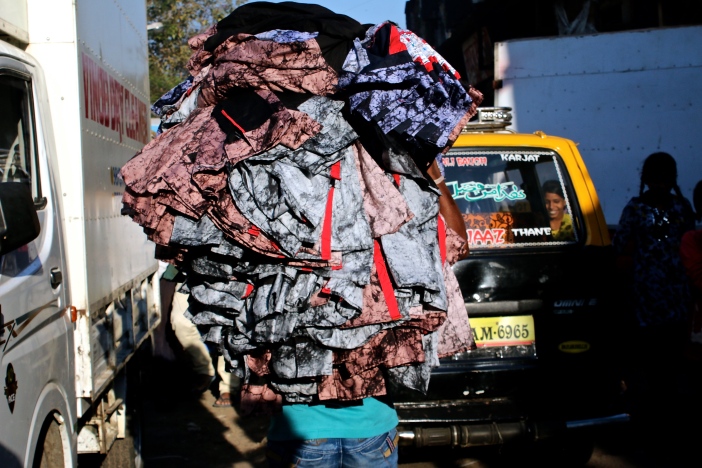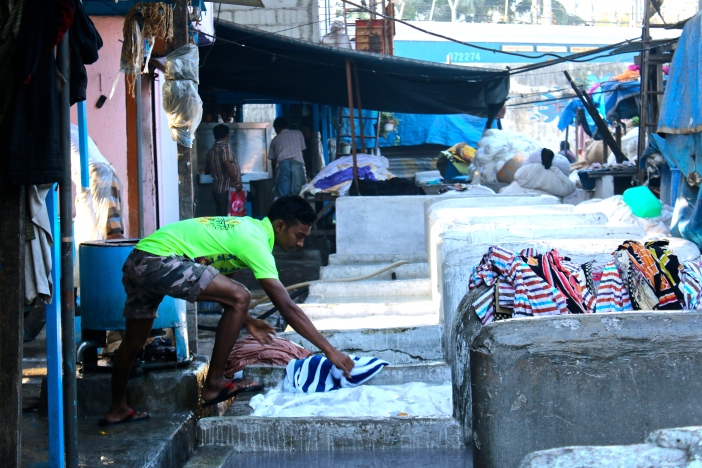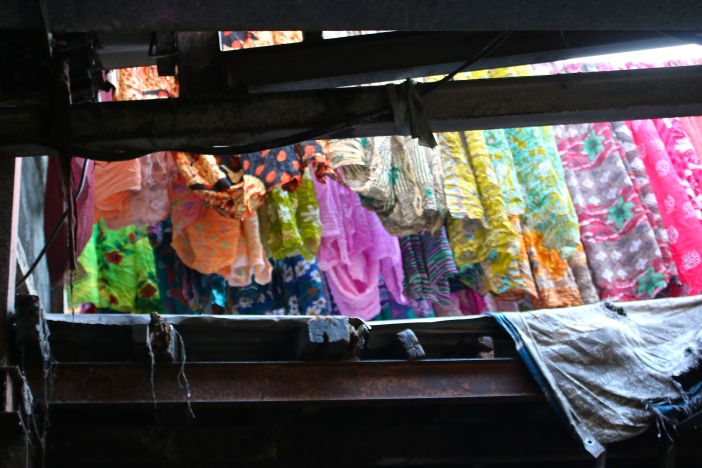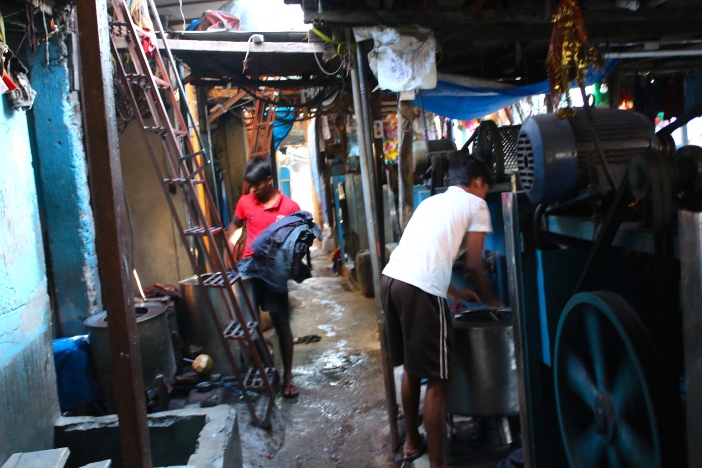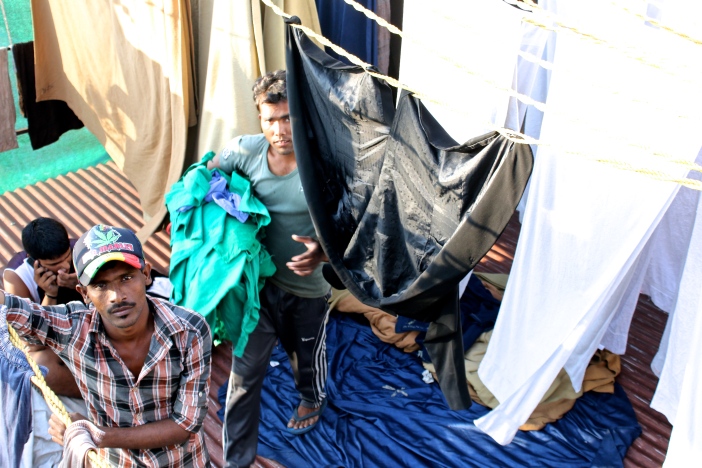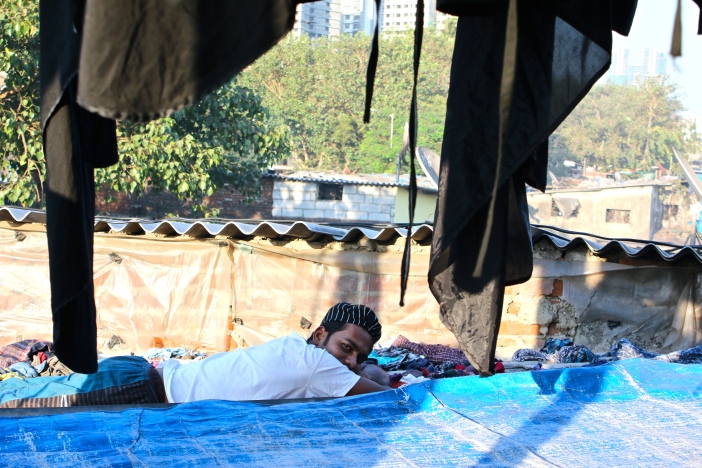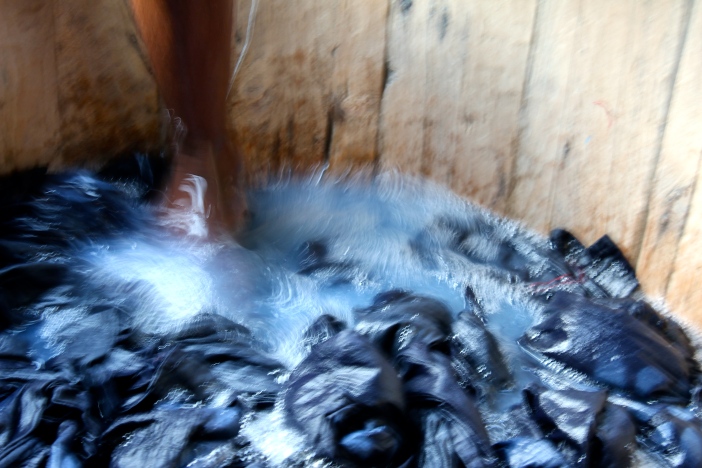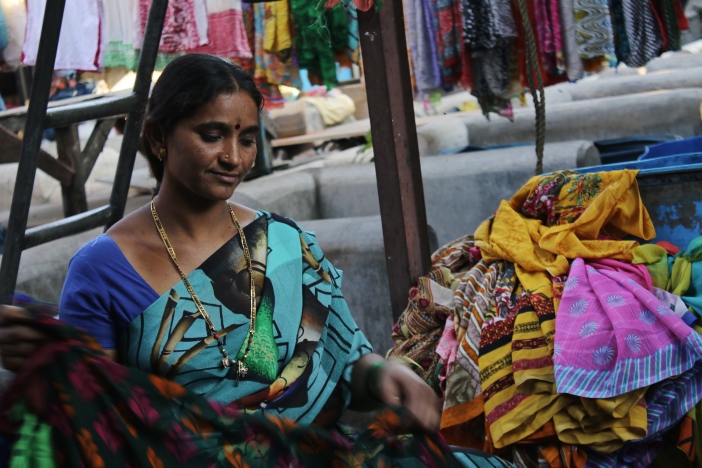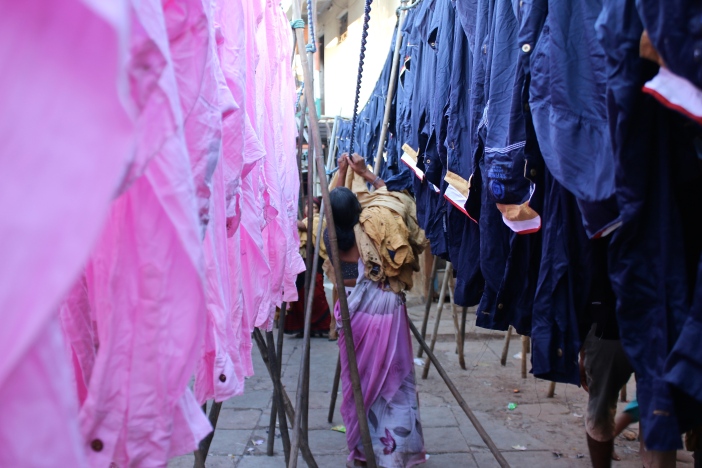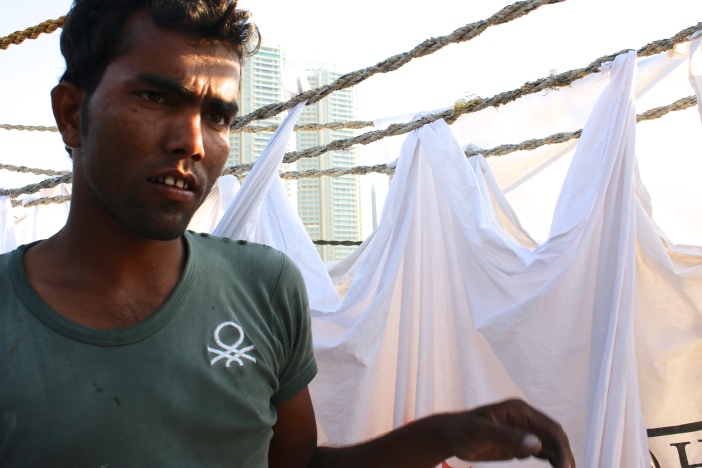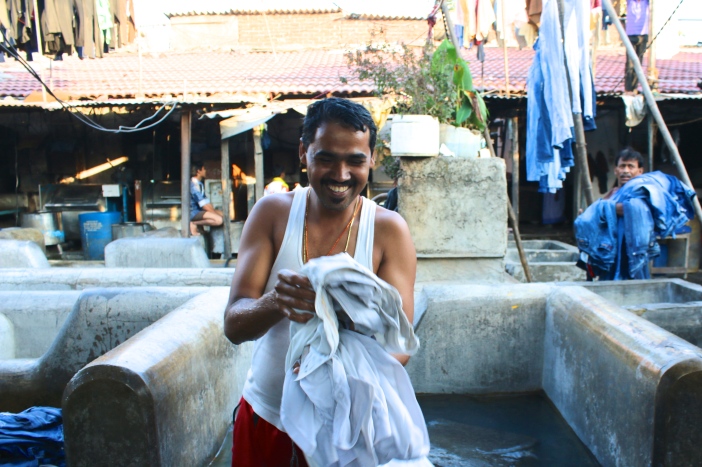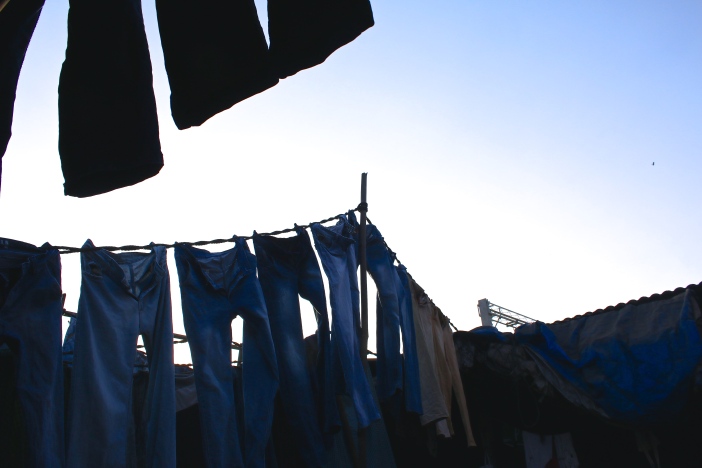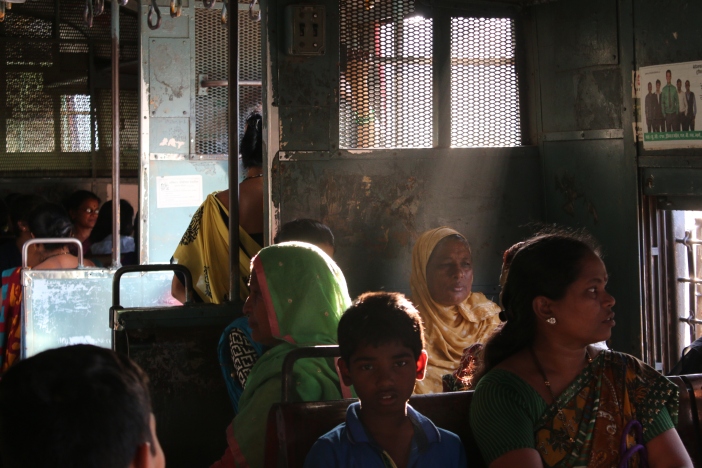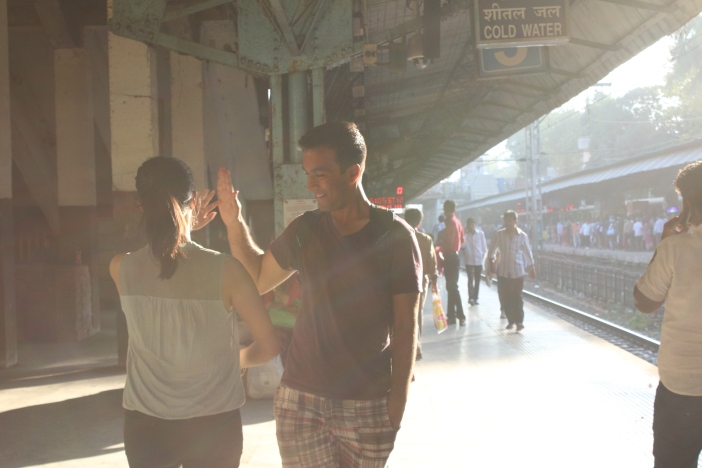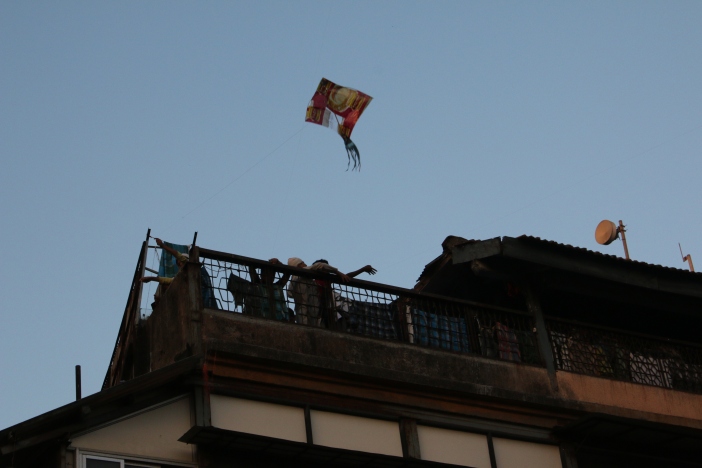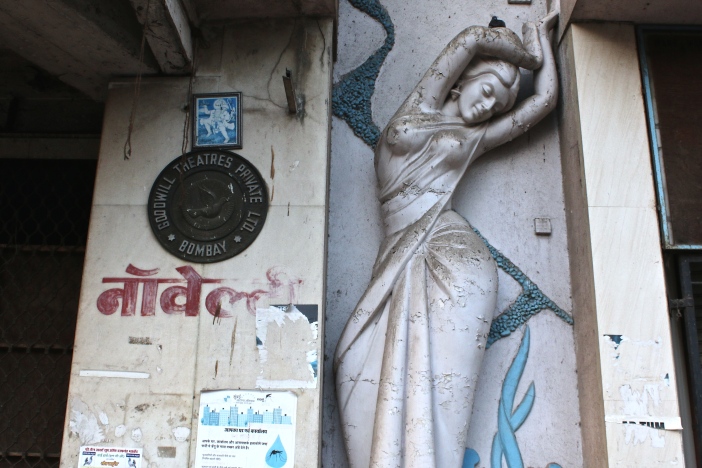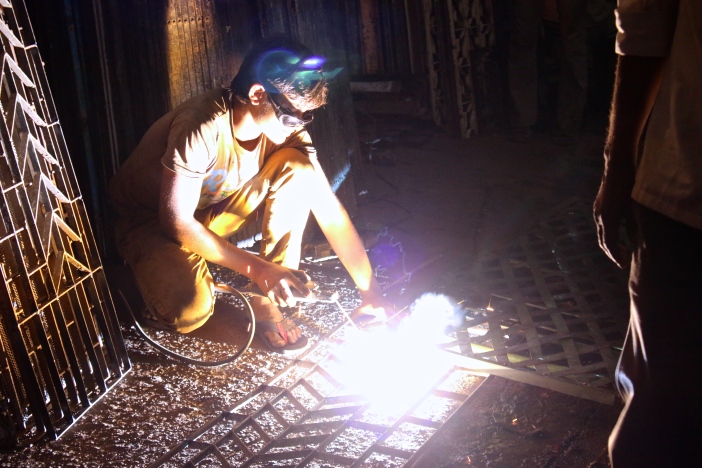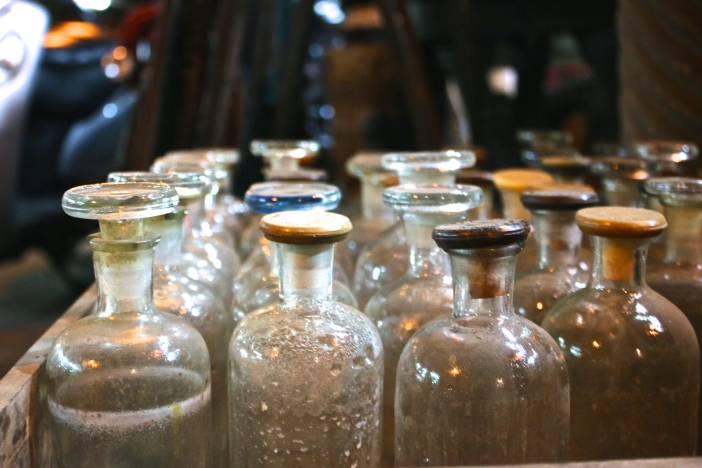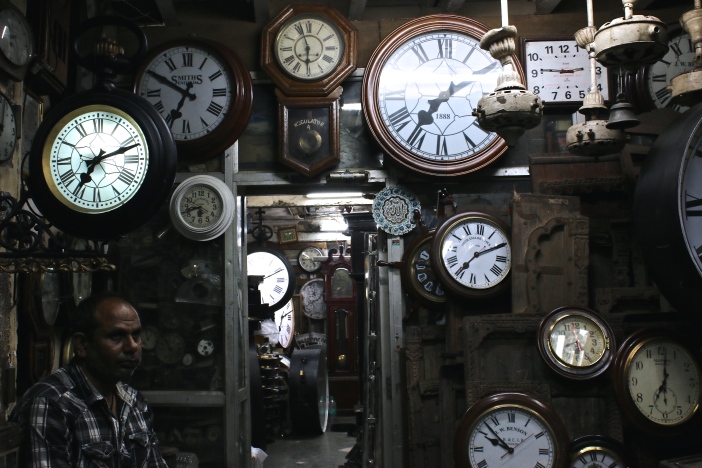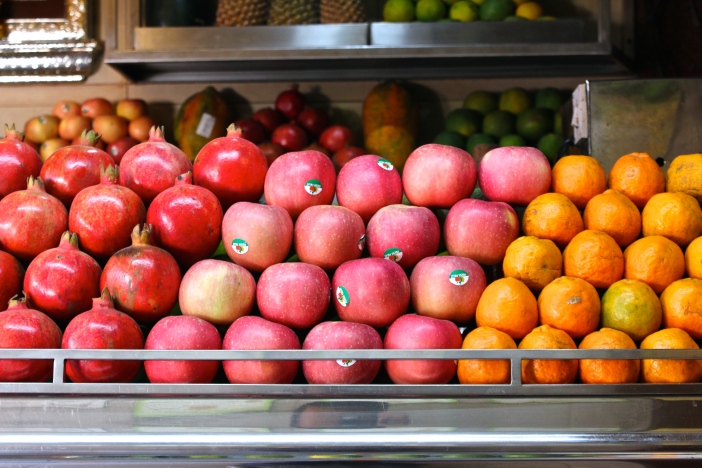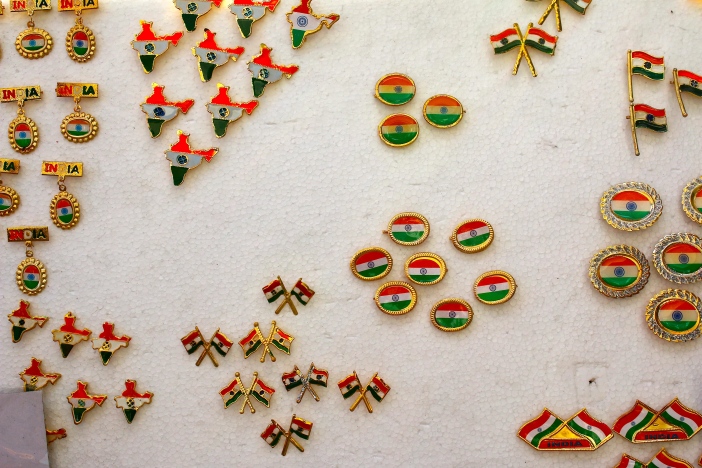Recently I attended the Development Dialogue Conference, run by the pretty-amazing
Deshpande Foundation. We had the opportunity for field visits to the following 5 organizations as well:
- Akshaya Patra, a mid-day meal provider;
- Kalkeri Sangeet Vidyalaya, a beautifully inspiring school that promotes classical Indian music and dance to low-income, single-parent children from Dharwad;
- The Family Planning Association, which provides family planning and sexual health information, counseling, and treatment (which is essential but not easy to access in rural India);
- Reap Benefit, which brought low-cost sinks and toilets to government schools to fundamentally change behaviors towards sanitation;
- The Agastya Foundation, which is the “largest hands-on science program”, even reaching children in remote villages.
I want to highlight the visit to the Hubli-Dharvad production facility of Akshaya Patra, because I was astounded by its sheer magnitude of scale, efficiency, and impact. (Yes, all three buzzwords. But bear with me.)
Akshaya Patra hopes to tackle issues of school attendance and malnutrition, two issues that are very much real and interlinked especially in rural India. The idea is to provide free, quality mid-day meals to schools to encourage children to attend school. It currently reaches more than approx. 1.3 million children in 9 states in India, partnering with more than 10,000 government schools.
Context: Mid-Day Meal Scheme
The Mid-day Meal Scheme is in fact a program run by the government of India that launched in 2004. Akshaya Patra is especially impressive because not only did it start before the mandate in 2002, but its success stands in stark contrast to the better-known failure of the scheme elsewhere in the country. Mid-day meal, in spite of its noble intentions, has been poorly implemented, especially in the mainstream decentralized model where meals are cooked on-site. For example, teachers may spend all day cooking meals instead of teaching classes. In the absence of adequate infrastructure safety and hygiene can be a challenge, with many reported cases of death and injuries from cooking-related accidents.
Now let me explain how Akshaya Patra that works in a private-public partnership with the government is so impressive.
The kitchen in Hubali-Dharvad alone prepares, packages, and delivers meals to 175,000 children throughout 800 government schools in the region every day. 50% of the cost is subsidized by the government as part of the mid-day meal scheme, which mostly constitutes of the rice and conversion charges with the remainder raised through donations. Here is the cool part: using economies of scale, Akshaya Patra is able to prepare a simple, yet nutritious meal for only 5.5 rupees (less than 10 cents) on average.
The efficiency of operations and uncompromising quality control is apparent throughout the entire chain of production.
The process, starting from the top:
Akshaya Patra procures and stores grains of rice from the government and vegetables bought from vendors. Usually only 70-80gs of government-provided rice can be used, and sometimes metal is added to the bags to make up for the weight (#goodgovernance). Vegetables are purchased through local vendors on annual contracts with fixed prices, which keeps prices amazingly low (single-digit rupees/kg) and immune to price fluctuations throughout the year.
The grains and vegetables are cleaned using in-house cleaning, husk machines, and magnetic devices to separate the metal.
Then, they are lifted up to the top floor, where then the process follows a gravity-driven vertical flow, which also prevents cross-contamination. They are washed and cut on the top floor, cooked on the floor below, and then packaged on the ground floor.

Washing

Incredients washed upstairs “pushed” down to be cooked

Rice is cooked in massive caldrouns

Cooked rice ready for packaging downstairs
[Highly recommend that you click through the images]
Then, they are shipped onto temperature-controlled vehicles to be sent out to the schools within a 60km radius, covering around 4000km daily. The plant is run on biogas, fueled in many parts by its own rice husk and food waste.

Packing

Packaged food is moved on a conveyer belt to the vehicle to be shipped

Factory from outside
[Again, click on the photos for more details]
The Results:
The entire process involves only 5 hours of cooking, and with extended hours the facility in fact can feed around 100,000 more children. However, its demand has saturated in its locale, and the organization refuses to go beyond its 60km radius as it may compromise the quality and complicate logistics.
The consequent impact on education has been quite amazing as well. According to a
Nielson study in 2006, the attendance rate rose from 72% to 89% for 1st-7th standard students. There hasn’t been any major cases of food poisoning after all those meals, and with fairly accurate forecasting systems for next-day student attendance (using Whatsapp, haha) surprisingly, very little food waste is generated as well.
There are 19 kitchens nationally, feeding around 1,200,000 children daily. Most of the operations are decentralized given unique sets of challenges of each area, but accounting and quality control systems are centralized — the organization just opened its food safety and quality control lab.
The organization amazes me with its state-of-the-art technology and operations, something one does not see in the social sector everyday. But beyond that, I am even more moved by the value and dignity in each meal. Akshaya Patra sacrifices many opportunities to save another rupee or go another mile, because it wants to ensure that each children with the midday meal is not just a beneficiary of a charity, but a valued member of community who receives a proper nutrition and education s/he deserves.
It is encouraging to know that the so-thought failure of a government policy is working in many parts of the country. It is also saddening to know that for each mid-day meal that Akshaya Patra delivered, there are many more children who are missing a meal, working in the field instead of a classroom, or both. However, with new technologies and opportunities with engaging the private sector, I am thrilled to see new roles that organizations can play to turn this around.
*Update: came across a SSIR article covering Akshaya Patra clipped away from last year. Funny how the mind works – I imagine I had no idea I was going to visit the site.

